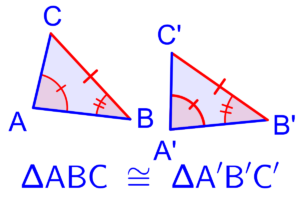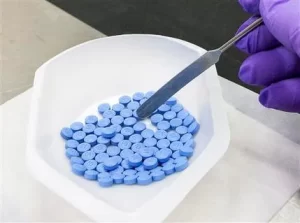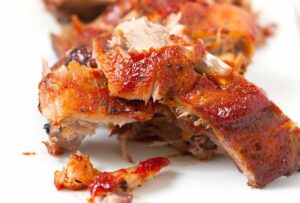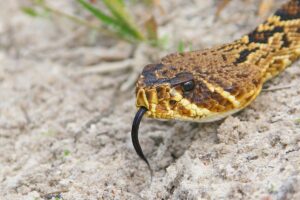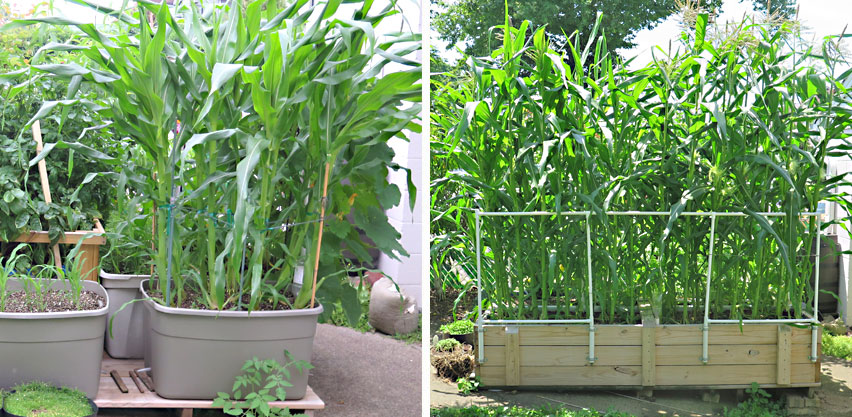
Corn, with its towering stalks and golden ears, is a staple crop in many agricultural landscapes. However, the feasibility of growing corn in containers, especially for urban or space-constrained gardeners, remains a topic of curiosity. In this article, we delve into the possibilities and challenges of container corn cultivation, exploring the factors influencing success, essential techniques, and potential outcomes.
I. Introduction
A. Exploring the Feasibility of Growing Corn in Containers Is it possible to grow corn in pots? This question often intrigues gardening enthusiasts seeking to maximize limited space or experiment with unconventional growing methods. Exploring the feasibility of container corn cultivation unveils a realm of possibilities and considerations.
B. Factors Influencing Successful Corn Cultivation in Pots Several factors play pivotal roles in determining the success of growing corn in containers. Understanding these variables is essential for optimizing growing conditions and achieving satisfactory results.
C. Potential Benefits and Drawbacks of Container Corn Growing Container corn cultivation offers unique advantages, such as flexibility in location and reduced soil-borne diseases. However, it also presents challenges, including limited root space and pollination constraints, which warrant careful consideration.
II. Selecting the Right Container and Soil
A. Container Size and Depth Requirements
- Understanding Corn Root Systems: Corn plants develop extensive root systems, requiring ample space to thrive and access essential nutrients.
- Choosing Adequate Container Dimensions: Selecting containers with sufficient depth and volume is crucial to accommodate corn’s root structure and promote healthy growth.
B. Soil Composition and Drainage Considerations
- Importance of Well-Draining Soil: Corn plants are susceptible to waterlogging, emphasizing the need for well-draining soil to prevent root rot and promote oxygenation.
- Recommended Soil Amendments for Container Corn: Incorporating organic matter and perlite into the soil mix improves drainage and enhances nutrient availability, supporting robust corn growth.
III. Sowing and Care Techniques for Container Corn
A. Seed Selection and Planting Method
- Choosing Suitable Corn Varieties for Containers: Opt for dwarf or compact corn varieties suited for container cultivation, such as ‘Baby Corn’ or ‘Popcorn,’ to accommodate space limitations.
- Tips for Planting Corn Seeds in Pots: Plant corn seeds at the recommended depth and spacing, ensuring adequate soil moisture and warmth for germination.
B. Watering, Fertilizing, and Sunlight Needs
- Establishing Proper Irrigation Practices: Maintain consistent soil moisture levels throughout the growing season, avoiding both drought stress and waterlogging.
- Nutrient Requirements and Fertilization Schedule: Apply a balanced fertilizer high in nitrogen to support vigorous vegetative growth, adjusting the dosage based on plant response and soil fertility levels.
C. Managing Pests and Diseases
- Identifying Common Corn Pests and Diseases: Monitor corn plants for signs of pest infestation or disease symptoms, such as leaf discoloration, stunted growth, or pest damage.
- Implementing Organic Pest Control Measures: Utilize natural predators, botanical insecticides, or cultural practices such as crop rotation to mitigate pest pressure and maintain plant health.
IV. Pollination Challenges and Solutions
A. Understanding Corn Pollination Process
- Importance of Pollen Transfer for Corn Production: Successful pollination is essential for kernel development and yield formation in corn plants, necessitating efficient pollen transfer.
- Factors Affecting Pollination Success in Containers: Limited space and air movement in containerized environments may hinder natural pollination, leading to poor kernel set and reduced yield potential.
B. Hand Pollination Techniques
- Manual Pollination Methods for Container-Grown Corn: Employ hand pollination techniques, such as gently shaking tassels or using a soft brush to transfer pollen between flowers, to enhance pollination efficiency.
- Tips for Maximizing Pollen Transfer Efficiency: Time hand pollination efforts during the early morning hours when pollen release is highest, ensuring thorough coverage of silk strands for optimal kernel development.
V. Harvesting and Yield Expectations
A. Monitoring Corn Growth and Development
- Recognizing Signs of Maturity in Corn Plants: Monitor corn plants for visual cues of maturity, including dried husks, brown silks, and firm kernels, indicating readiness for harvest.
- Estimating Harvest Time for Container-Grown Corn: Consider the days to maturity specified for selected corn varieties and environmental conditions when estimating harvest timing for container-grown corn.
B. Evaluating Yield Potential and Quality
- Factors Influencing Corn Yield in Containers: Assess factors such as nutrient availability, pollination success, and environmental stressors to gauge yield potential and anticipate harvest outcomes.
- Tips for Maximizing Yield and Quality of Container-Grown Corn: Implement proper care techniques, including adequate fertilization, pest management, and pollination enhancement, to optimize yield and quality of harvested corn ears.
In conclusion, while growing corn in containers poses unique challenges, it is indeed feasible with careful planning and execution. By addressing critical factors such as container selection, soil preparation, pollination management, and harvest timing, container gardeners can enjoy the satisfaction of growing their own corn harvests, even in limited spaces. With attention to detail and proactive care, container-grown corn can thrive and provide a rewarding culinary and gardening experience.
